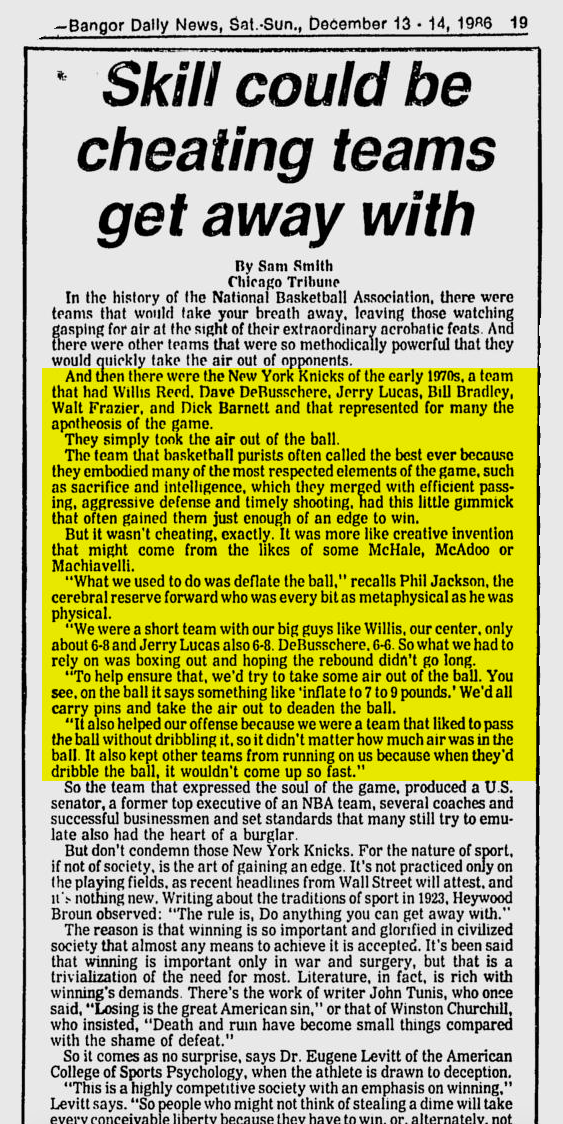Interesting concepts for coaches or anyone that is involved in motivating a team or a group trying to achieve a common goal. Once again from
The Talent Code.
from The Talent Code:
How Great Teachers See « The Talent Code:
Talent identification is the holy grail of sports, business, parenting, and education. We dream of having the magical ability to quickly and accurately assess who is destined to succeed; to sort the contenders from the pretenders.
Funny thing is, there was once a clever scientist who figured out how to do just that.
His name was Dov Eden; he was an Israeli psychologist who worked with businesses and the military. In the early 1980s Eden published a remarkable study that showed he could predict with uncanny precision which young recruits in the Israeli military would become top performers.
It worked like this: Eden studied the mental and physical aptitudes of one thousand recruits, then selected a handful of soldiers he labeled as “high potential.” Eden informed platoon commanders that they could “expect unusual achievements” from these individuals.
Sure enough, Eden was right. Over the next 11 weeks, Eden’s group performed significantly better than their peers — 9 percent higher on expertise tests and 10 percent higher on weapons evaluation.
It looked for all the world like an impressive display of talent identification — except that it wasn’t.
Because here’s the twist: the “high-potential” soldiers weren’t really high-potential. Eden had selected them completely at random. The real power was in the act of labeling them as high-potential. In sending a simple signal — these people are special.
That signal had created a massive effect in both the mind of the instructor and the learner — a virtuous spiral between teacher and learner that led to the full expression of potential. (The phenomenon, dubbed the Pygmalion Effect, has been
repeated many times, and is particularly powerful in educational settings.)
'via Blog this'
I wonder if there are significant gender differences regarding which methodology is more effective. Anecdotally, I would say that the type of motivational cues that I hear coming from 3rd base coaching boxes in softball ( from women coaches) is more of the "We believe, you believe...." type versus baseball which is more "You have to believe in yourself..."
Perhaps I could be wrong there or over-generalizing but it seems to make sense that males and females would take different approaches to achieve a result. Not that there's anything wrong with that.
Difference Between Galatea Effect and Pygmalion Effect
The Galatea and Pygmalion effects are the two most important self-fulfilling prophecy theories. However, there lies a fundamental difference between them. The article to come will explain the subtle differences.
The Galatea and Pygmalion effects are two important management theories based on the power of expectations. The fundamental difference between the two theories is that the Galatea effect is based on an individual's expectations about himself, whereas the Pygmalion effect is based on the premise of people's expectations of others.
In Greek mythology, the name "Galatea" is lent to a statue that is carved of ivory by Pygmalion of Cyprus. Also, Polyphemus' object of desire in Theocritus' Idylls VI and XI is named Galatea, and again it has been associated with him in the myth of Acis and Galatea in Ovid’s Metamorphoses. Though there is an association of the name with Pygmalion’s statue, the connection sprang with a post-classical writer.
Galatea Effect
The Galatea effect is a phenomenon where people's own opinions about their ability and self-worth influence their performance. The Galatea effect is self-driven. It is that part of one's motivation that depends on self-expectations and self-worth. If an employee thinks that he can perform well, chances are that he will do well. If, in that situation, he receives positive encouragement from his superiors, it will only boost his confidence and will do wonders to his performance.
Pygmalion Effect
The Pygmalion, or Rosenthal effect refers to the phenomenon in which the higher the expectations placed on people -- often students, employees, children etc., the better is their execution of work. The Pygmalion effect is a form of self-fulfilling divination. It argues that by setting higher expectations for people (who come under a leader), the leader can motivate them to perform better. It was originally studied in context with a teacher's expectations of students. It was observed that the students, who were expected to do well did perform well, while the ones who weren't expected to perform well, did not.
As is told in Greek mythology, the effect gets its name after Pygmalion, a Cypriot sculptor, who fell in love with a female statue that was carved by him. This effect, as applied to the corporate world, was first described by J. Sterling Livingston in an article in the Harvard Business Review in 1988. "The way managers treat their subordinates is subtly influenced by what they expect of them," -- said Livingston in his article. One can summarize the Pygmalion effect as follows:
⇨ Every manager, or supervisor has certain expectations for his subordinates.
⇨ They convey their expectations to them consciously and unconsciously.
⇨ The subordinates get the message of what is expected of them.
⇨ They strive to perform and live up to the expectations of their manager.
The way managers treat their subordinates influences their performance. If a negative feedback is passed on to them, their performance may actually falter. Positive Pygmalion effects have a far-reaching effect on the employees. When managers put faith in the abilities of their subordinates, their morale and self-esteem increases, and hence, their performance gets better.
Galatea Effect Vs. Pygmalion Effect
Both the effects play an important role in increasing the productivity and personal development of each individual.
⇨ The primary difference between the Pygmalion and the Galatea effects is that the Pygmalion effect is based on the expectations of others while the Galatea effect is rooted in self-expectation.
⇨ In the Pygmalion effect, subordinates work towards meeting the expectations that are set by their superiors, whether or not these expectations are verbally or non-verbally expressed. In the Galatea effect, on the other hand, an individual sets expectations for himself or herself and strives to live up to it. In short, the Galatea effect is more powerful than the Pygmalion effect.
Most preferably, people should be driven by their faith in their abilities (the Galatea effect), but the Pygamlion effect is, in its own way, a useful ally in motivating people to give their best. It may not appeal to everyone, but can be considered while coaching or leading people.
By Jyoti Babel
Published: June 7, 2013
Read more at Buzzle: http://www.buzzle.com/articles/difference-between-galatea-effect-and-pygmalion-effect.html









